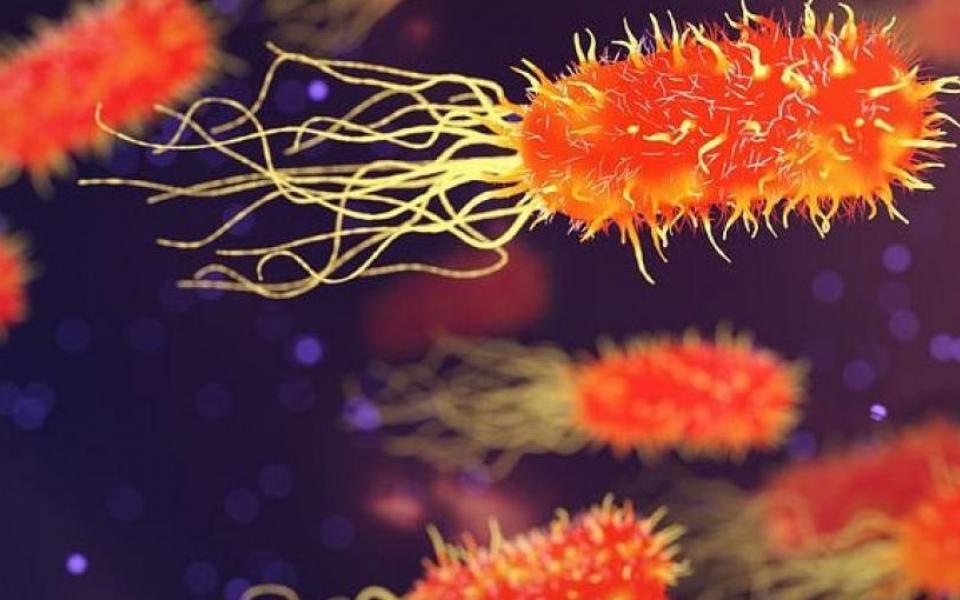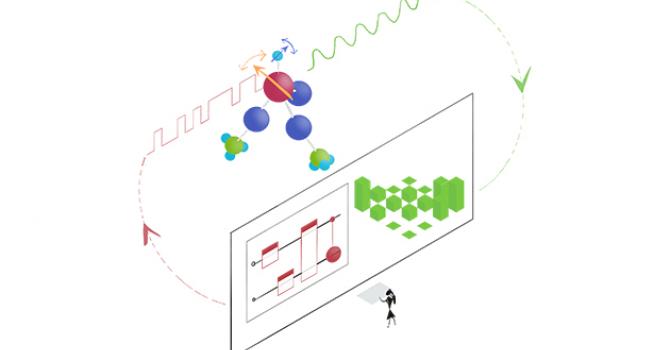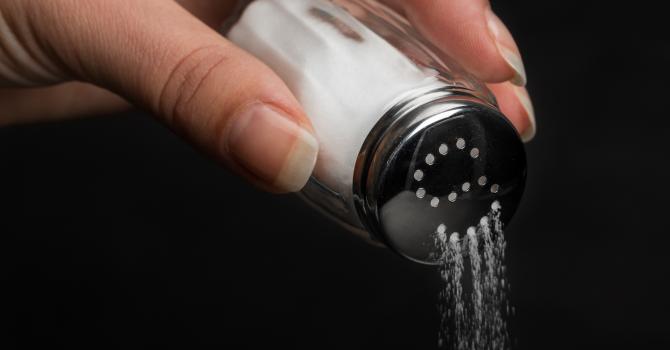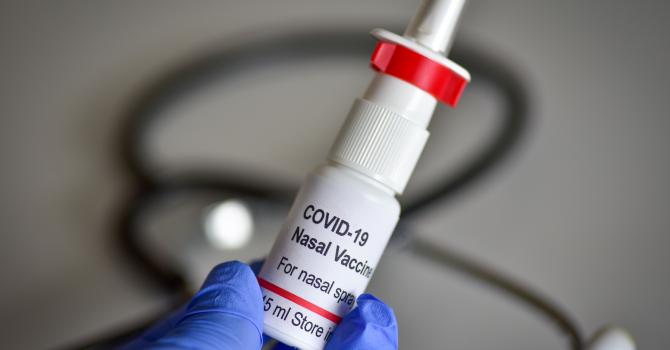The Mystery of Killing 99.x% of Bacteria
Dr. Melody Leung, Division of Life Science, explains why disinfection products can only kill 99.x% but not 100% of the bacteria.
By Dr. Melody Leung, Division of Life Science, HKUST
Bacteria are good at becoming stronger when encountering a strong opponent. And humans’ pursuit of cleanliness is one of the reasons that makes bacteria stronger through evolution.
Many handwashes, washing powders, and floor washes, etc., boast about how powerful they are in their disinfection and sterilization efficacy. But have you noticed that all the brands only indicate a certain figure close to 100% instead of claiming being able to kill all the bacteria? One of the reasons is that the effect of sterilization has something to do with how the product is used; to protect themselves, the manufacturers dare not brag too much. Even if you use a disinfection product properly, a lot of times you can only kill 99.x% of the bacteria, because some of them are just so tenacious.
You might say that it is already good enough to be able to kill 99.x% of the bacteria. But this can only have very serious consequences. The surfaces of all objects, including our bodies, are inhabited by bacteria and microbes, each with its own territory and each acting to check the growth of others. When we have killed 99.x% of the bacteria using a disinfection product, the remaining 0.x% tenacious bacteria, without competition now, can then reproduce liberally. In this rapid process of self-replication, the descendants of these tenacious bacteria are likely to carry genetic mutations. Some mutations are neutral and have no impact on the bacteria, which then continue to be unafraid of the disinfection products; some are deleterious, weakening the bacteria, which then become afraid of the disinfection products; there are also some mutations that come with advantages, making the bacteria stronger and unafraid of even other disinfection methods.
Our every use of disinfection product is tantamount to helping those tenacious bacteria train themselves, until one day, those tenacious bacteria, which were originally in the minority, gradually become “frequent visitors”, or become even stronger, and our existing disinfection products lose their disinfection power. Worst of all, not only our use of disinfection products make bacteria around us evolve, but we also inadvertently spread these tenacious bacteria in our communities in our daily life. Moreover, discharged into the sewers after use, disinfection products also indirectly make the bacteria in the environment more difficult to handle.
Many reports have pointed out that things we touch on a daily basis, such as mobile phones, doorknobs, and touch-screen displays, are full of bacteria, but so what? According to a 2013 study by the University of Bologna, Italy, a “standard” human body consists of 3.72X1013 (i.e., 37.2 trillion) cells. In 2016, the Weizmann Institute of Science, Israel, estimated that the bacteria in and on a “standard” human body outnumber the cells of the body. From our birth to death, the number of bacteria (B) in and on our body and the number of cells of our body maintain at a B:H ratio of 1.3-2.3.
We are born to coexist with bacteria, so the number of bacteria is not really the issue; what is crucial is the type of bacteria – whether they are pathogenic or non-pathogenic. With regard to pathogenic bacteria, such as meningococcus, tuberculosis bacillus, Listeria, etc., of course we must be very careful and make sure they are eliminated. But with regard to most nonpathogenic bacteria, we can rest assured that we can live safely with them. In fact, the U.S. Food and Drug Administration (FDA) required, in as early as 2013, that soap manufacturers provide evidence to support the claim that the antibacterial ingredients in soaps can effectively reduce infection, but so far there has been no reliable evidence. In September 2016, the authorities went further by banning the addition of 19 antibacterial ingredients to hand-washing soaps to reduce their pollution to the environment and impact on the food chain.
So, don’t be afraid of bacteria, and don’t blindly believe the claims of disinfection and sterilization. As long as we maintain personal and environmental hygiene in our daily life, e.g., ensuring air circulation and washing hands with clean water frequently, these are the best practices for protecting our health.






